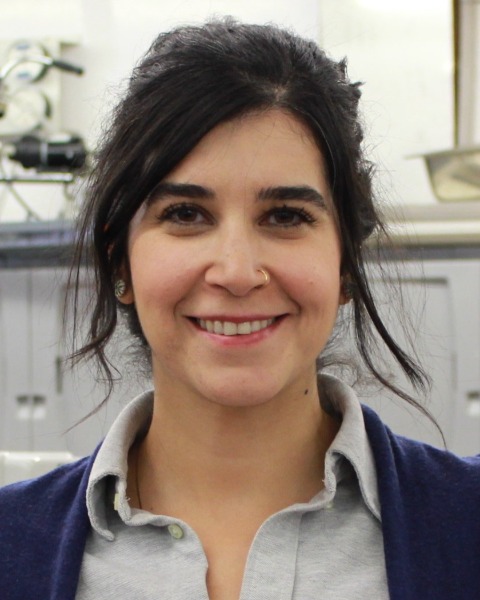2025 AOCS Annual Meeting & Expo.
Protein and Co-Products
Effect of protein extraction on gelation: Fundamental study on fava bean protein gelation as impacted by deep eutectic solvent (DES) extraction in comparison to conventional methods

Nandika Bandara, PhD, CFS (he/him/his)
Associate Professor & Canada Research Chair in Food Proteins and Bioproducts
University of Manitoba
Winnipeg, MB, Canada- AH
Anuruddika M. Hewage
PhD Candidate
University of Manitoba
Winnipeg, Manitoba, Canada 
Cristina Chairez, PhD (she/her/hers)
Postdoctoral Fellow
University of Manitoba
Winnipeg, Canada- DK
Deepak Kadam
Post Doctoral Fellow
University of Manitoba
Winnipeg, Manitoba, Canada 
Filiz Koksel, PhD (she/her/hers)
Associate Professor
University of Manitoba
Winnipeg, MB, Canada
Rotimi E. Aluko, PhD (he/him/his)
Professor
University of Manitoba
Winnipeg, Manitoba, Canada
Presenting Author(s)
Co-Author(s)
Multiple factors can impact protein gelation, including amino acid composition, secondary protein structures, and protein extraction conditions. Deep eutectic solvent-based protein extraction has recently been developed to produce protein ingredients with better extraction yields, purities, and techno-functional properties such as gelation. However, the fundamental structure-functional understanding of the gelation of DES-extracted protein isolates is minimal and has not yet been studied. Therefore, in this study, a comprehensive analysis of protein gelation was conducted on the effect of the choline chloride-glycerol-based DES-extracted fava bean (Vicia faba) proteins in comparison to conventional alkaline extraction (AE) and salt extraction (SE). Commercial soy protein isolate (CS-PI) was used as a standard. A one-way ANOVA followed by Tukey mean separation was used to analyze the collected data. Commercial extraction (CS-PI) profoundly affected the protein conformation with more exposed hydrophobic regions than other studied methods. DES-extracted fava bean protein isolates (DES-FBPI) formed strong, firm gels (20% w/v protein, pH 7) compared to AE-FBPI and SE-FBPI. According to the molecular interaction analysis, hydrophobic interactions predominantly stabilized all gels. However, gels prepared from DES-FBPI contained significantly higher (P< 0.05) disulfide bonds than other counterparts, which aligns with forming a strong gel network. It was further evident by the significantly higher (P< 0.05) final storage modulus (G'), the gel hardness, and the lower tan (δ) value (G''/G') of DES-FBPI. The gel morphology of DES-FBPI indicated homogenous, well-connected, fine-stranded, and polymer-like gels. At the same time, ALK-FBPI and SE-FBPI were composed of irregular protein aggregates loosely stacked with larger pores, suggesting that ALK-FBPI and SE-FBPI could form the particulate gel structure with weak intermolecular interactions. In conclusion, the results of this study demonstrated that DES extraction could modulate the protein composition, which favors strong gel formation and leads to potential in various food applications.

.png)